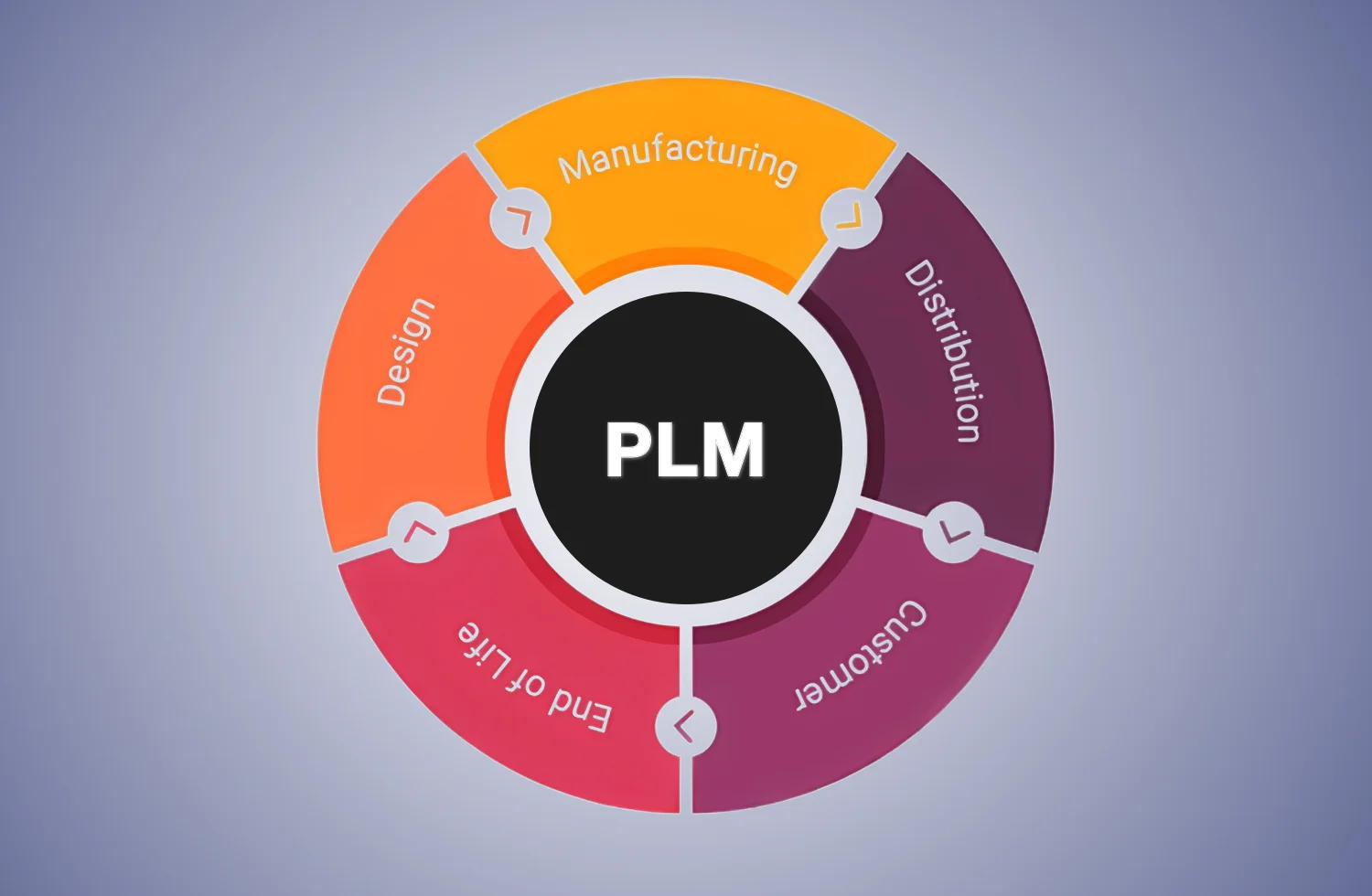Product innovation and swift time-to-market are more critical than ever for modern businesses. That’s where Product Lifecycle Management (PLM) software becomes a game-changer. It’s not just another tool; it’s a critical asset in the modern business landscape.
This software helps businesses manage every step of a product’s life, from initial concept to design, manufacturing, and beyond. It’s all about bringing products to life faster and more efficiently, making sure businesses stay ahead in a fast-paced market.
PLM, particularly from providers like Revalize Software, offers a holistic solution by integrating data, processes, business systems, and people. This integration allows organizations to streamline their product development process, managing complex procedures and overcoming the challenges inherent in creating and maintaining innovative products.
In this article, we will explore the various ways PLM software can fundamentally transform a company’s operations, bringing efficiency and cohesion to the forefront of product development.
Understanding PLM Software and Its Core Functions

PLM software is a solution designed to manage the entire lifecycle of a product, from inception through engineering design and manufacturing to service and disposal. It is the backbone that allows different departments within an organization to collaborate on the development of a new product.
With its centralized data repository, PLM ensures that every stakeholder has access to up-to-date information, minimizing miscommunications and redundancies.
At its core, PLM software includes functionalities for product data management (PDM), which encompasses managing product-related data, processes, and bills of materials (BOMs). Moreover, it integrates with various other enterprise systems, including Customer Relationship Management (CRM) and Enterprise Resource Planning (ERP), offering a holistic view of the product development process. This integration is critical for ensuring consistency and accuracy across all stages of production.
Subsequently, PLM software also has powerful capabilities in workflow management. It orchestrates the flow of tasks and alerts through the optimal paths, ensuring that no step in the development process is overlooked. The system’s flexibility allows it to adapt to different business models and product types, making it a versatile asset for many industries, such as automotive, aerospace, and consumer goods.
See also: The Role of Job Management System in Business Efficiency
Enhancing Efficiency Across Product Lifecycles
Efficiency is a substantial benefit of implementing PLM software, especially as it applies to the reduction in time required to take a product from concept to market. PLM streamlines the process by ensuring all pertinent data is easily accessible, and workflows are correctly managed. This drives down search and communication times, allowing for quicker decision-making and issue resolution.
The software’s ability to automate many of the routine tasks associated with product development is another efficiency booster. By reducing the need for manual data entry and management, teams can focus on more value-added activities. The opportunity for human error greatly diminishes as well, enhancing the overall quality of work and output.
In addition, PLM software assists in the optimization of product design, which can greatly reduce development time. With simulation and analysis tools readily available within the PLM environment, designers can quickly iterate designs, test scenarios, and validate product performance before moving on to production.
Boosting Collaboration and Communication Internally
Collaboration and communication are the heartbeats of successful product development. PLM software fosters an environment where multiple stakeholders, often in different locations, can work together seamlessly. A consolidated source of truth for product data ensures that all team members have the latest information at their fingertips, which greatly enhances collaborative efforts.
Internal messaging and notification systems integrated within PLM platforms enable real-time communication. This immediate exchange allows teams to address questions, provide feedback, and make collective decisions rapidly without the lag that often accompanies more traditional methods of correspondence.
Moreover, workflow and approval processes built into the software keep everyone aligned on their responsibilities. There is clear visibility on who needs to act and when; as a result, the product can move effortlessly through each stage of its lifecycle without unnecessary delays caused by miscommunication.
Mitigating Risk and Improving Quality Management
Risk management is a critical component of the product development process. PLM software allows businesses to proactively identify potential risks by providing a complete overview of the product’s lifecycle. Teams can anticipate and plan for possible issues, resulting in a more reliable product and a reduction in costly last-minute changes.
Quality management is another key area strengthened through the use of PLM systems. The software can integrate with quality management systems (QMS), allowing issues to be tracked and resolved systematically. This helps maintain high standards throughout the lifecycle of the product and ensures compliance with both internal and external benchmarks.
PLM also contributes to quality improvement by promoting reusable design practices. Components or modules that have been previously used and validated can be easily integrated into new products, ensuring quality and reducing the design and testing time. This also brings down costs associated with materials and quality control.
Altogether, PLM software stands as a transformative technology that equips businesses with the tools to innovate efficiently and effectively. Its influence on product development, quality control, and organizational collaboration positions it as an indispensable element in an era of swift technological advancement.
Related Articles:
- Integrating a Data Dictionary into Your Data Analysis Workflow
- Selecting the Best Rental Property Management Software
- Blending Technology and Tradition in Business: 6 Practical Tips
- Ultimate Guide to Using Technology for Seamless Team Organization
